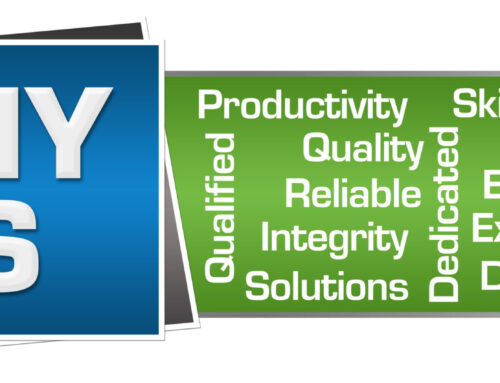Mercury Tech Partners follows a systematic process customized to the client’s needs to decommission technology, ensuring the safe and efficient removal of equipment, data security, compliance with regulations, and repurposing the equipment.
Here is a step-by-step guide to effectively decommission technology in a retail store. MTP adapts our actions based on your needs:
1. Planning and Inventory – MTP Team and Corporate Team
- Assess Technology: If we have not received an IT equipment inventory list from the client, we conduct a thorough inventory of all technology assets, including point-of-sale (POS) systems, computers, servers, networking equipment, and security systems.
- Create a Decommissioning Plan: Outline the timeline, resources, and procedures required for the decommissioning process. Designate responsibilities to MTP team members and individuals in the corporate team.
2. Data Backup and Migration – Corporate Team
- Backup Data: Ensure the corporate team backs up all necessary data before decommissioning. This may include customer information, transaction records, inventory data, and other critical business information.
- Data Migration: Migrate data to new systems or locations to maintain business continuity.
3. Secure Data Erasure – Corporate Team
- Data Sanitization: Instruct the corporate team to use certified data destruction methods to erase sensitive information from devices. This may include software-based erasure, physical destruction, or degaussing for hard drives.
- Document Erasure: They should keep records of the data erasure process for compliance purposes, mainly if sensitive customer data is involved.
 4. De-Install, Disconnect, and Remove Equipment – MTP Team
4. De-Install, Disconnect, and Remove Equipment – MTP Team
- Verify the Inventory List: Note any differences from what is on site.
- Power Down Equipment: Shut down all devices and disconnect them from power sources.
- Remove Hardware: Dismantle and remove technology equipment, including:
- POS systems
- Computers and laptops
- Printers and scanners
- Networking hardware (routers, switches, etc.)
- Security cameras and alarms
5. Recycle and Dispose of Equipment – MTP and Corporate Team
- Box and Ship: Package equipment designated to go back to the client. MTP Team
- E-Waste Disposal: Corporate team will hire an e-waste disposal team and work out resell discounts, hard drive erasure certificates. MTP will leave IT equipment designated for e-waste in a specified location.
- Recycling Program: Use any manufacturer’s recycling programs to dispose of specific devices safely.
6. Network and Software Decommissioning – MTP and Corporate Team
- Deactivate Software Licenses: The corporate team will cancel or transfer software licenses and subscriptions associated with the decommissioned equipment.
- Remove Network Connections: Depending upon lease agreements, the client may be required to remove all existing cabling from walls and ceilings. MTP may be asked to disconnect all network cables and ensure devices are removed from the network infrastructure.
7. Physical Site Restoration – Corporate Team
- Restore the Space: Return the store space to its original condition, removing any fixtures or installations related to the decommissioned technology.
- Secure Premises: Ensure all security systems are updated or removed to maintain safety during and after decommissioning.
8. Documentation and Reporting
- Maintain Records: Keep detailed documentation of the decommissioning process, including inventory lists, data erasure reports, and disposal receipts.
- Audit Compliance: Conduct a final audit to ensure all equipment has been properly decommissioned and data security measures have been followed.
9. Review and Improve Processes
- Post-Decommissioning Review: After the decommissioning is complete, review the process to identify any challenges or areas for improvement for future decommissioning efforts.
Conclusion
Decommissioning technology involves careful planning, execution, and adherence to data security and environmental regulations. By following these steps, retailers can ensure that their decommissioning process is efficient, secure, and compliant, minimizing risks and maintaining operational integrity.


